Letter recognition Normal Alphabet Worksheets for Ages 4-7
59 filtered results
-
From - To
Discover our engaging "Letter Recognition Normal Alphabet Worksheets" designed specifically for children aged 4-7. These worksheets provide a fun and interactive way for young learners to develop essential literacy skills by recognizing and identifying letters of the alphabet. Each worksheet is thoughtfully crafted to encourage exploration and facilitate learning through varied activities, including tracing, coloring, and matching exercises. With bright, eye-catching designs and age-appropriate challenges, these resources are perfect for classroom and home use. Help your child build a strong foundation for reading and writing while fostering a love for learning with our effective and entertaining alphabet worksheets!
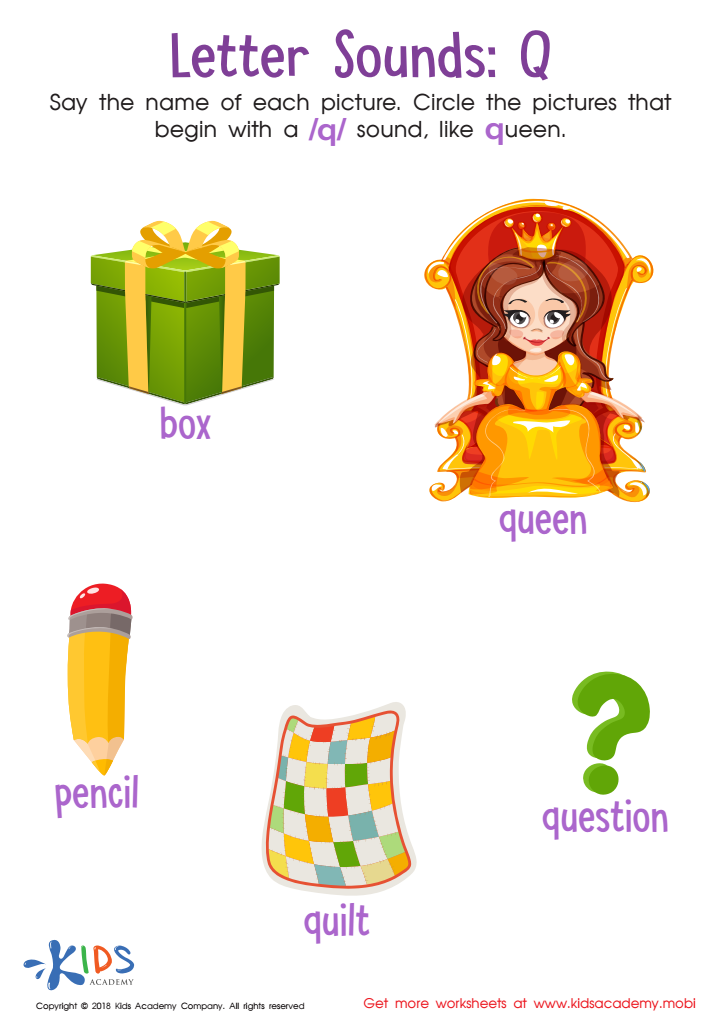

Letter Q Sounds Worksheet
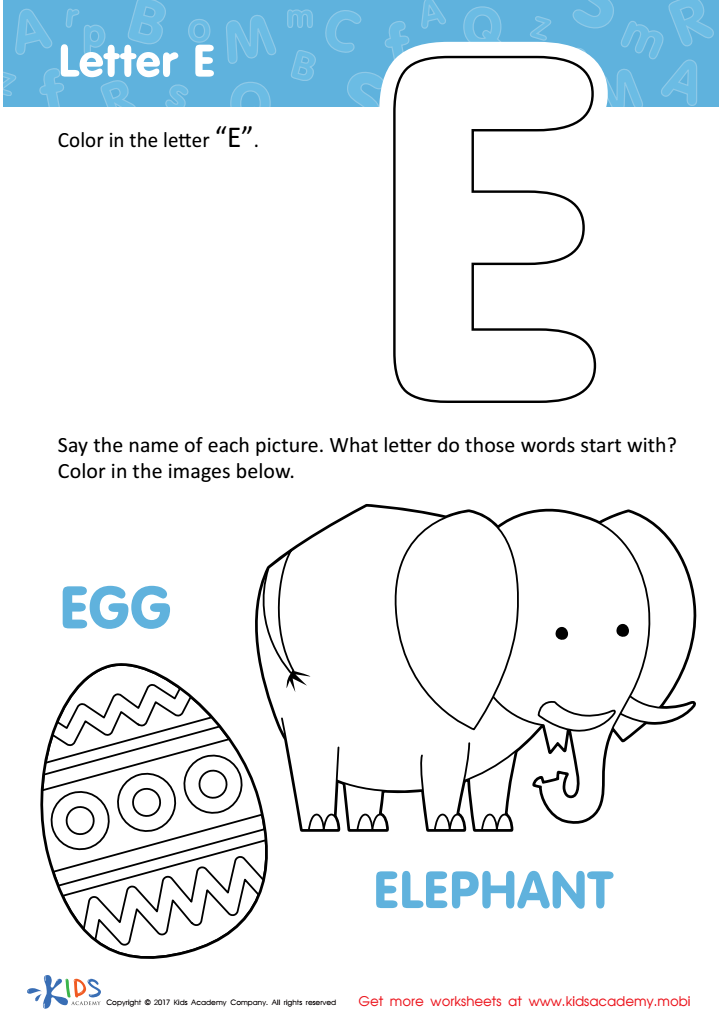

Letter E Coloring Sheet


Letter P Sound Worksheet
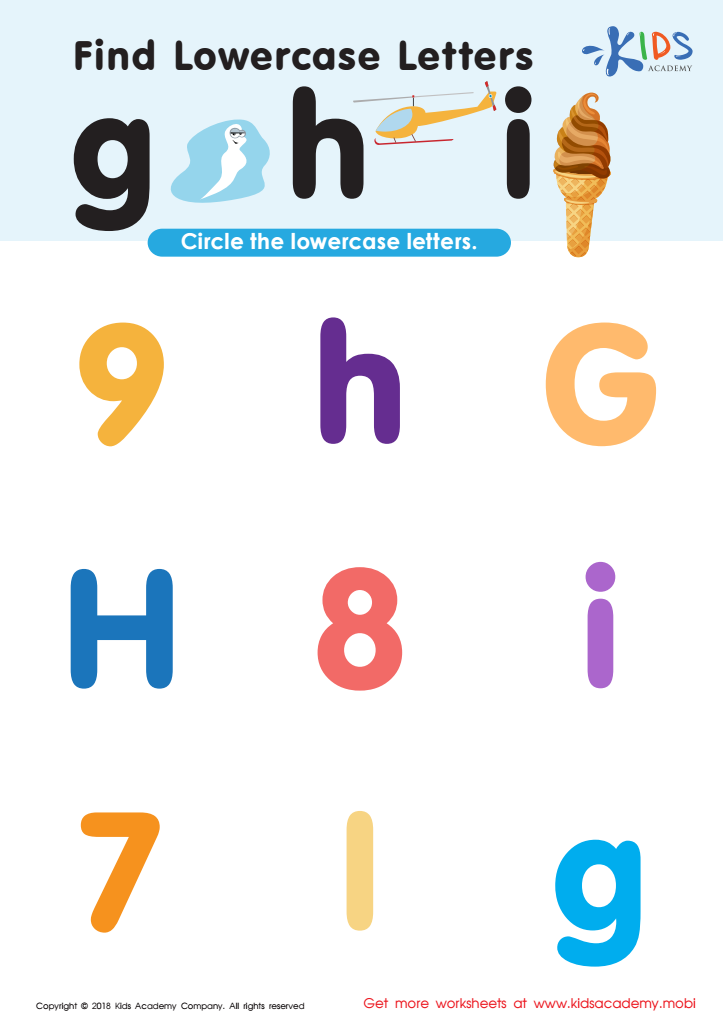

Find Lowercase Letters g h i Worksheet


Letter P Tracing Page


Letter Q Tracing Page


I Stands High Worksheet
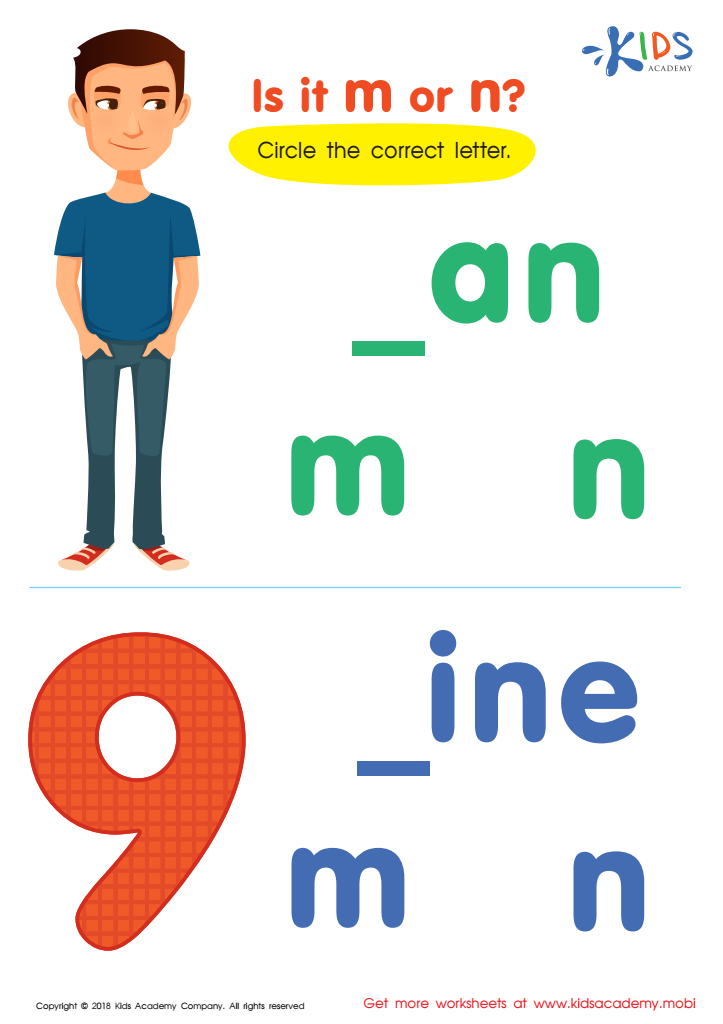

Is It m or n? Worksheet
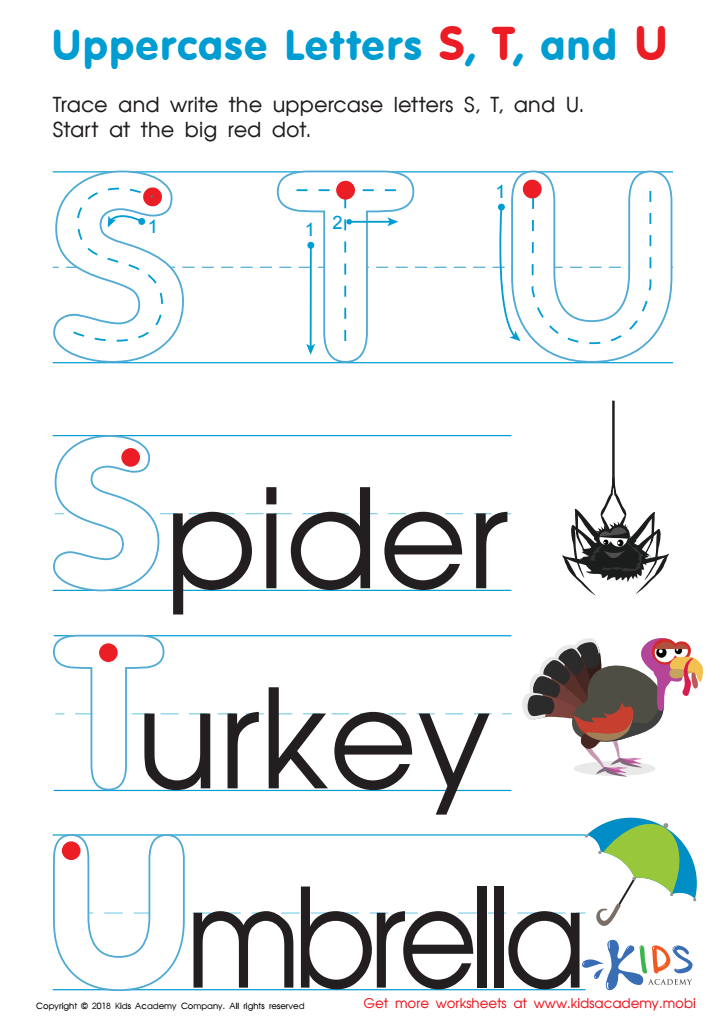

Uppercase Letters S, T, and U Worksheet
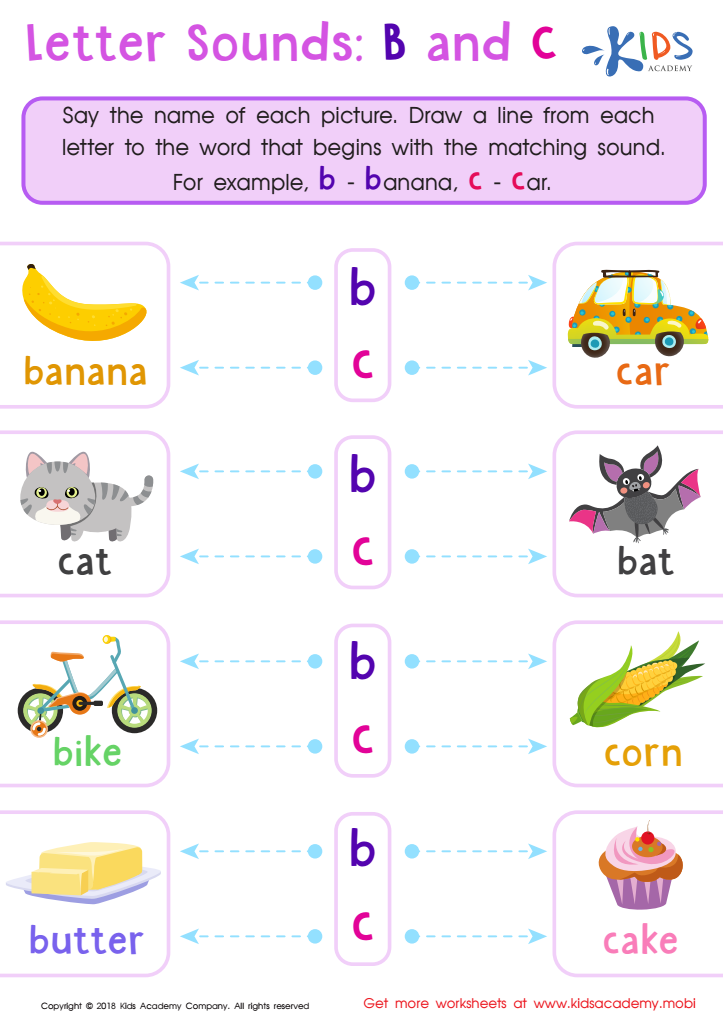

Letter B and C Sounds Worksheet
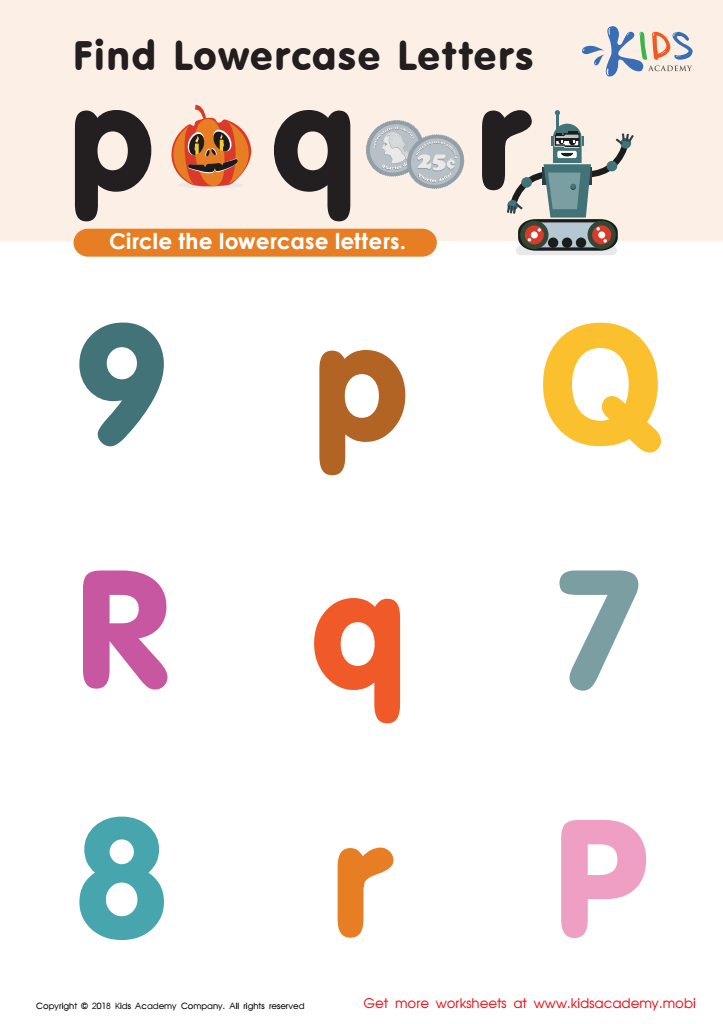

Find lowercase Letters p q r Worksheet
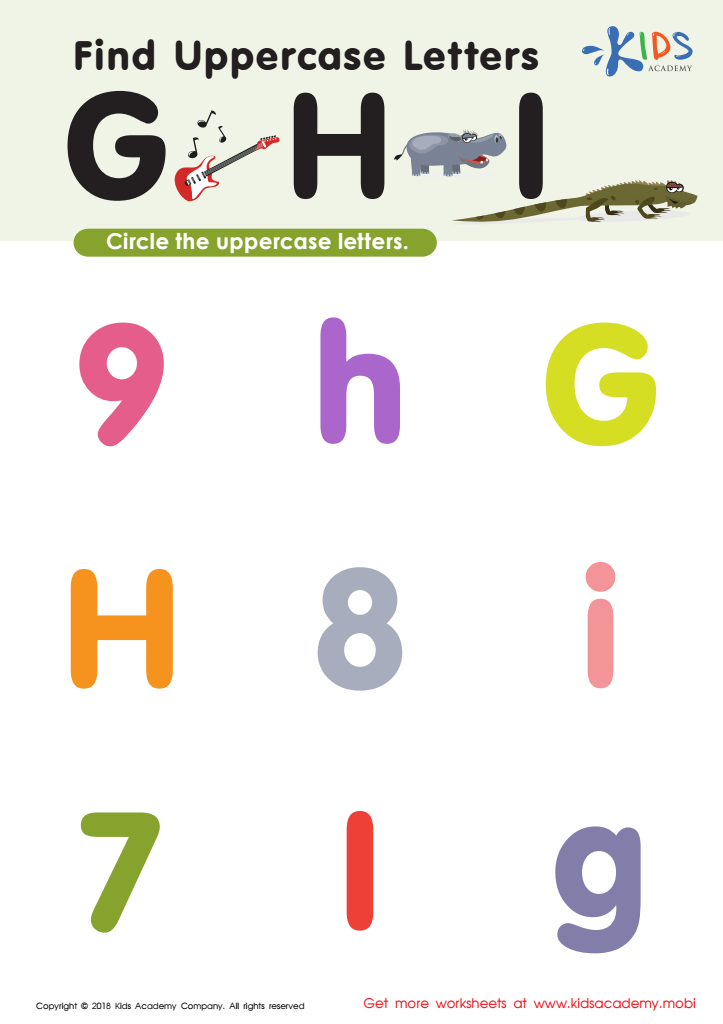

Find Uppercase Letters G, H, and I Worksheet
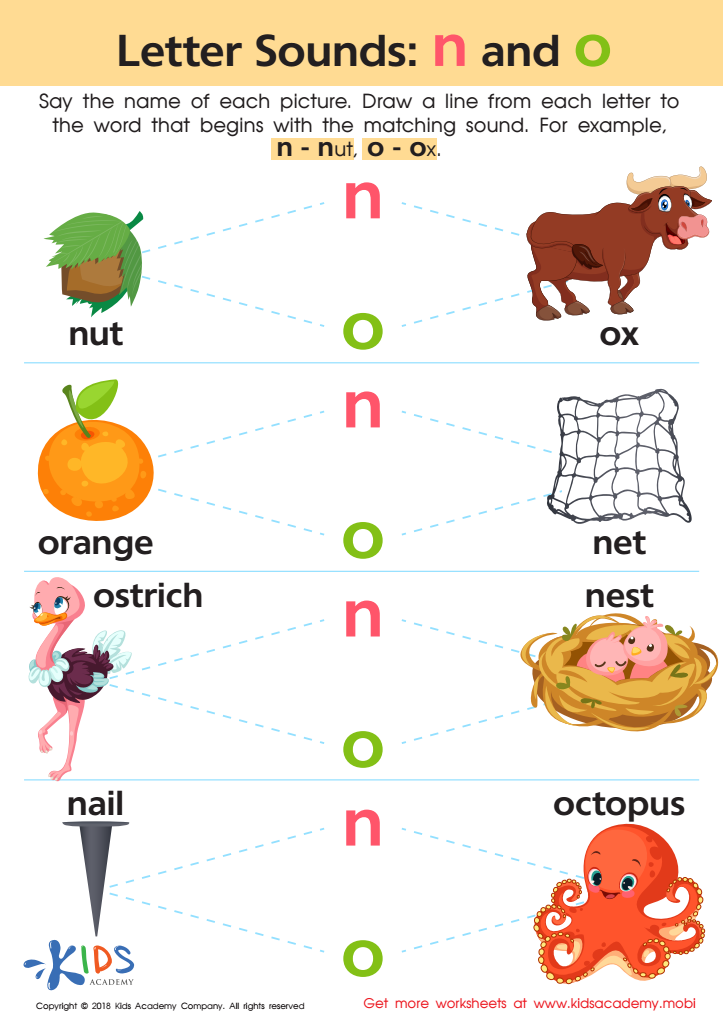

Letter N and O Sounds Worksheet
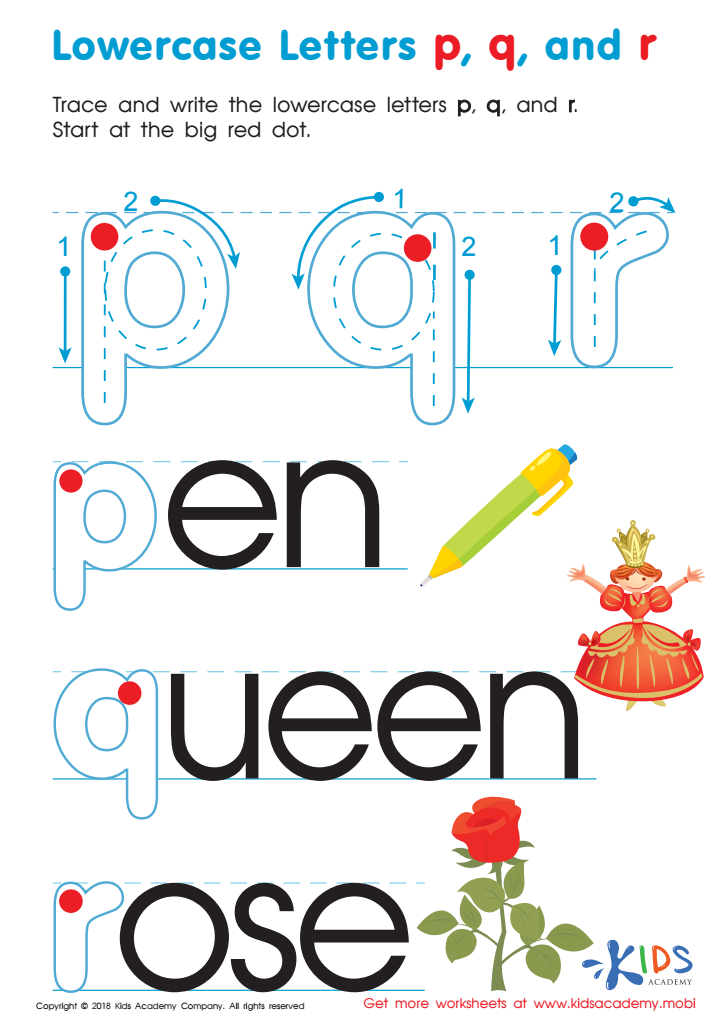

Lowercase Letters p q r Worksheet
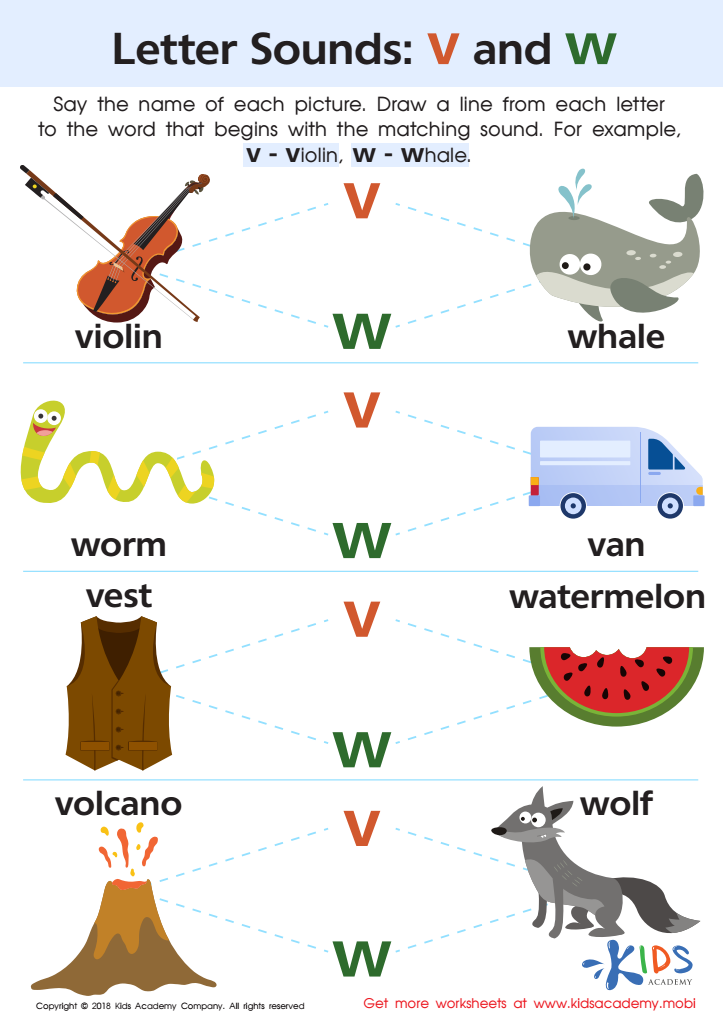

Letter V and W Sounds Worksheet
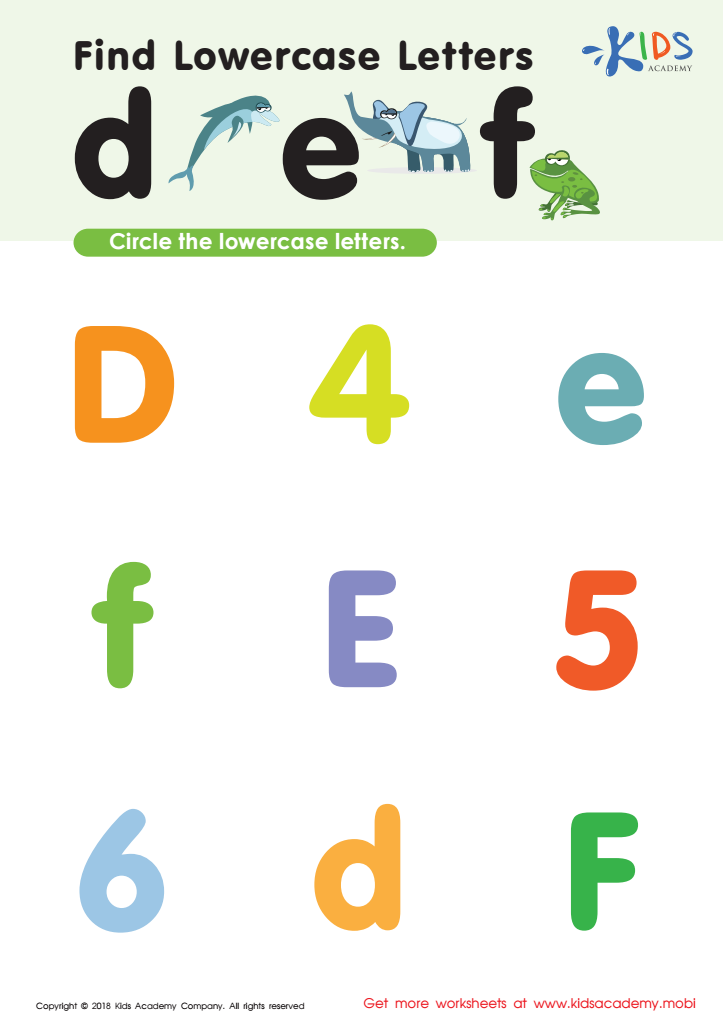

Find Lowercase Letters d e f Worksheet


Letter H Tracing Page


Uppercase Letters Maze Worksheet
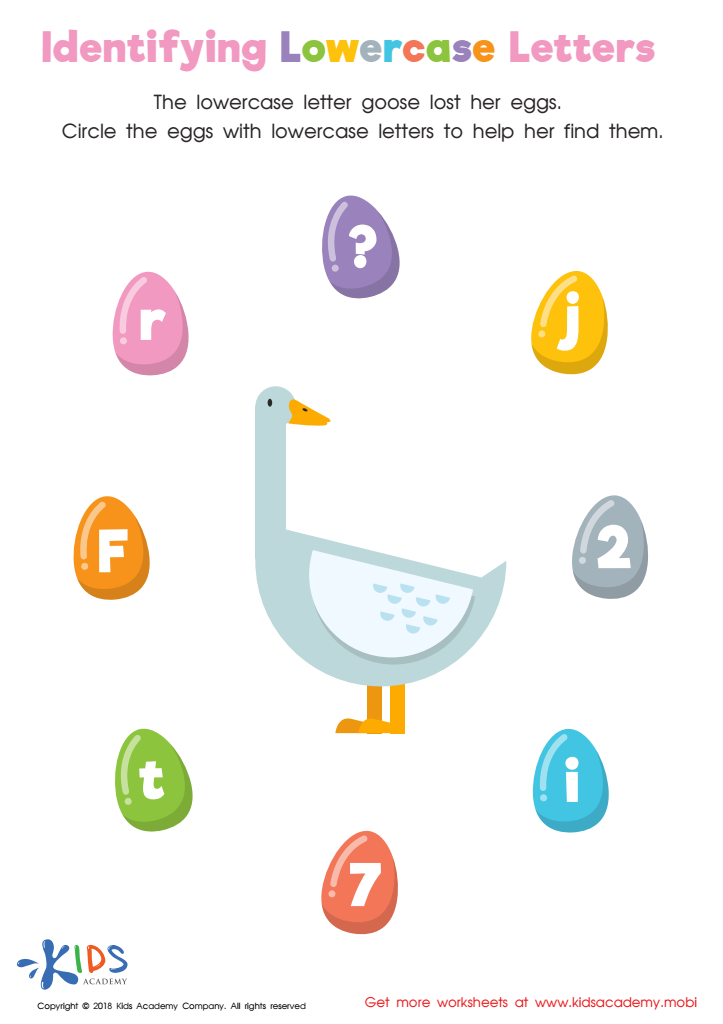

Identifying Lowercase Letters Worksheet


Find Uppercase Letters Worksheet
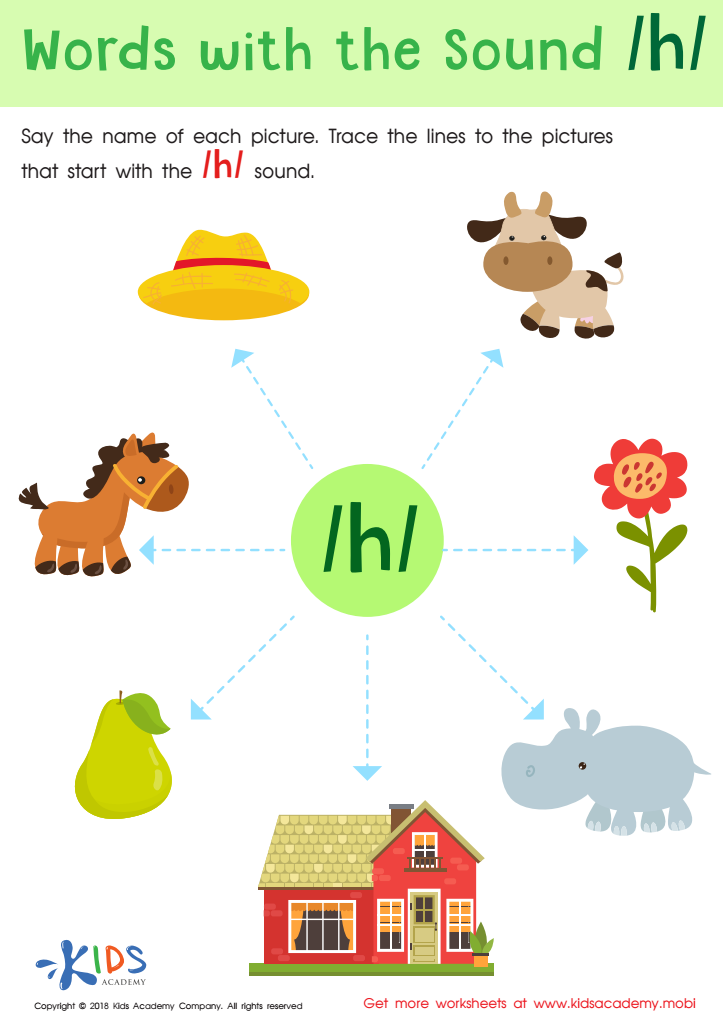

Words with sound h Reading Worksheet


Find Uppercase Letters J, K, and L Worksheet
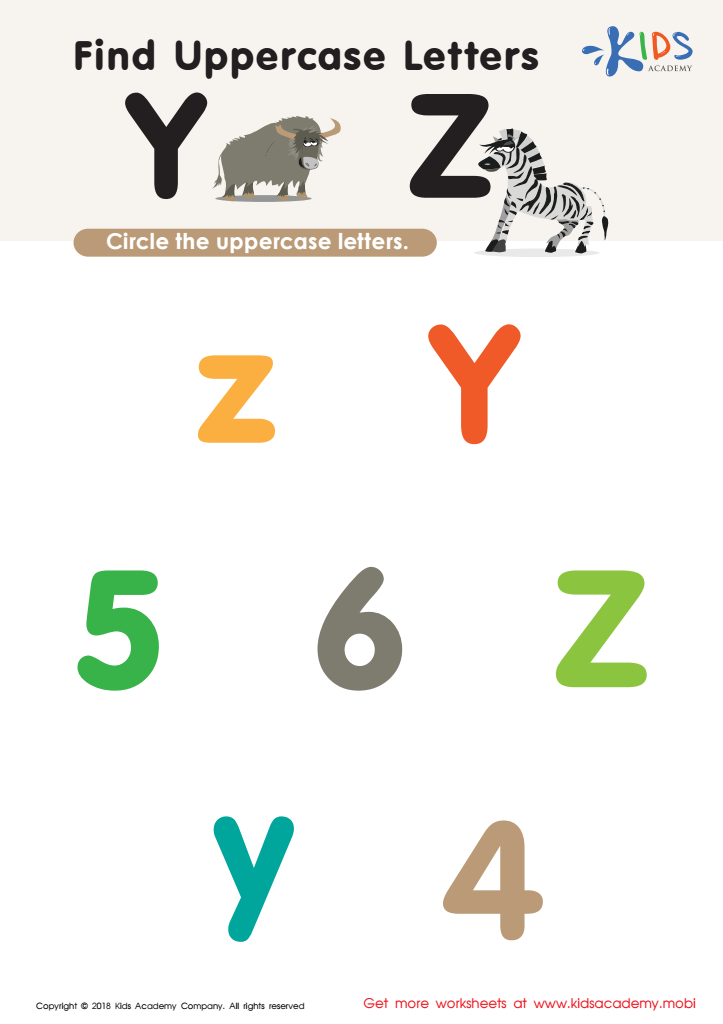

Find Uppercase Letters Y Z Worksheet
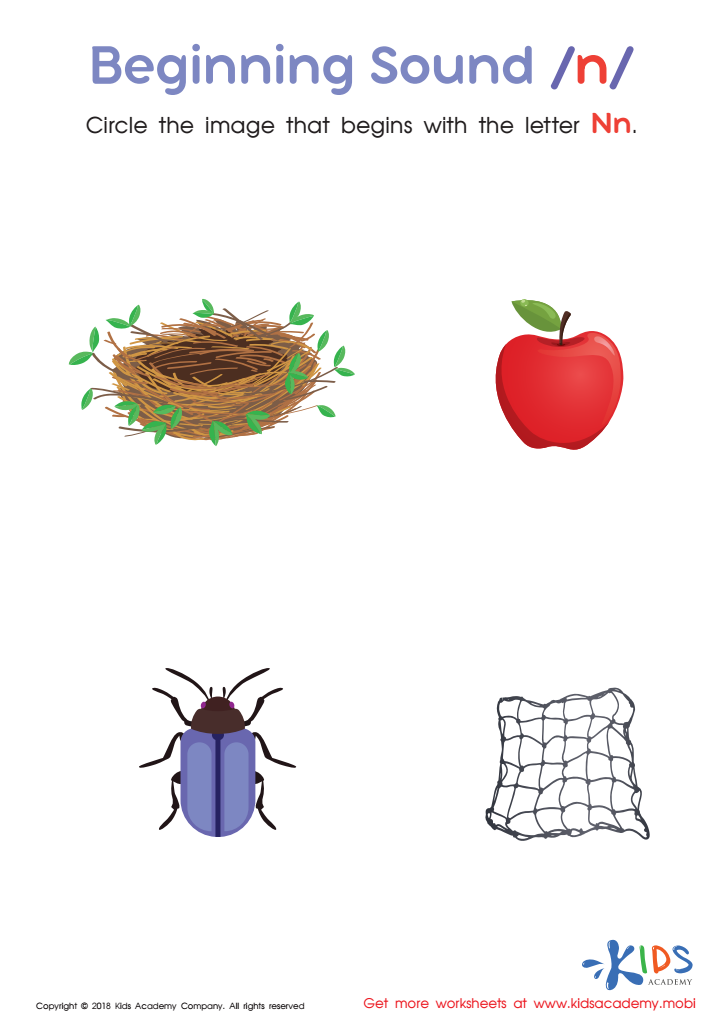

Beginning Sound «n» Worksheet
Letter recognition is a fundamental skill essential for young children's literacy development, particularly for those aged 4 to 7. During these formative years, children are introduced to the building blocks of reading and writing, and recognizing the normal alphabet is crucial for fostering their language and communication skills.
When parents and teachers emphasize letter recognition, they lay the groundwork for phonics understanding, which is vital for deciphering words. Research shows that strong letter recognition skills can lead to enhanced reading fluency and comprehension later on. Moreover, early familiarity with the alphabet boosts children's confidence as they embark on their reading journeys.
In addition to literacy skills, recognizing letters helps children develop cognitive and memory skills. Activities that promote letter recognition can also encourage engagement, as children discover the relationships between sounds and letters through play and exploration. For educators and parents, investing time and resources in teaching this skill not only supports academic success but also nurtures a love for learning. Ultimately, prioritizing letter recognition during these critical years cultivates lifelong readers and learners, impacting children's futures positively in and beyond the classroom.
 Assign to My Students
Assign to My Students





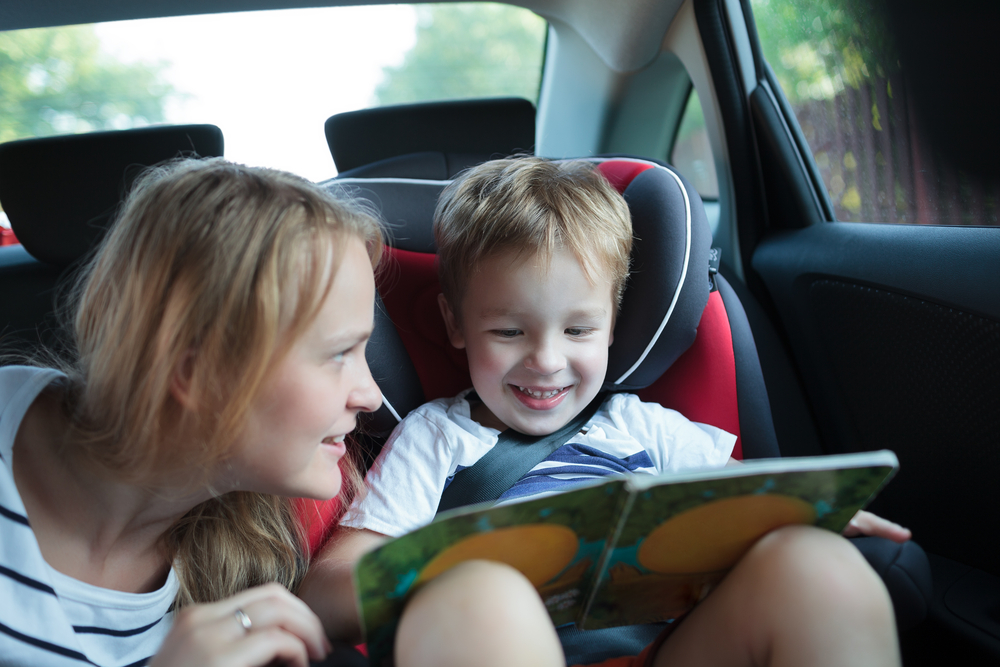
.jpg)








